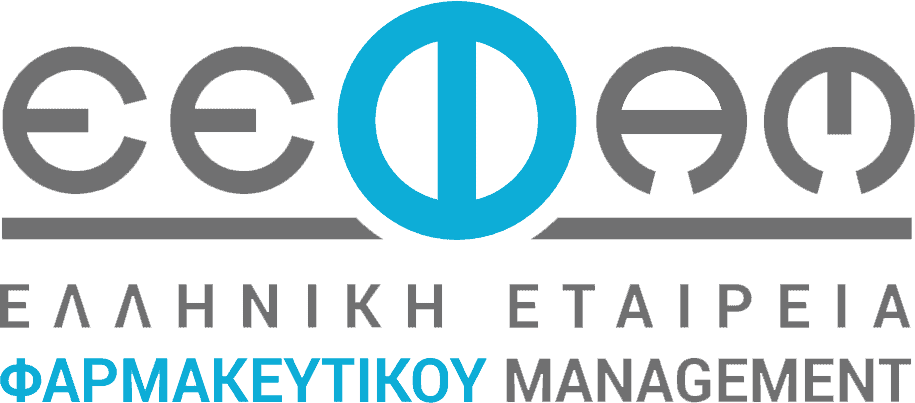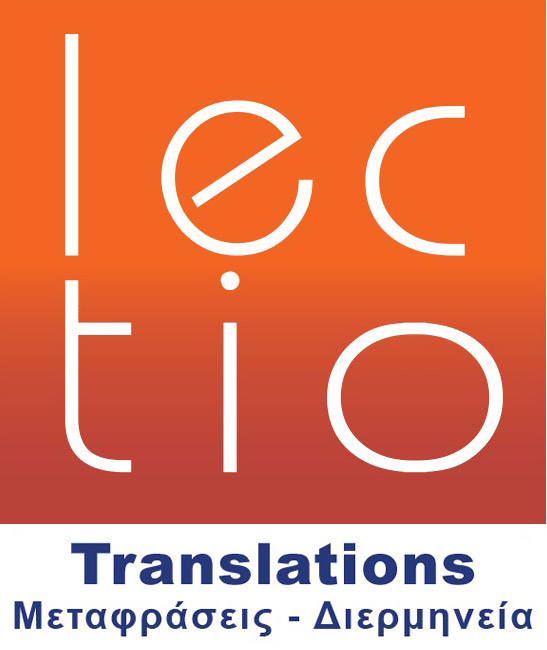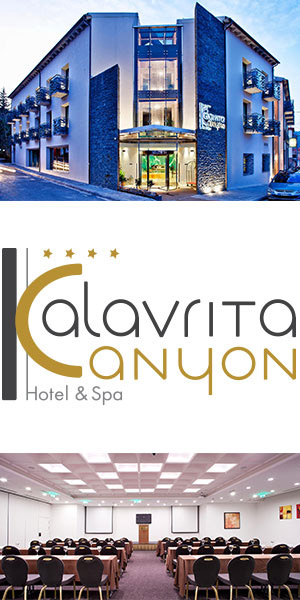Let’s just admit it right off the bat: We hate meetings.
Busy knowledge workers can’t afford to waste time in meetings, nor can their company’s bottom line. The smart ones know this. So they schedule their days and weeks wisely. They build systems using intelligent emotional design.
That is, they plan, schedule, and run meetings knowing how human emotions work. They meet with emotional intelligence. Decades of research in behavioral science and psychology shows that emotions work in ways you’d least expect them to. Knowing this is important to create positive meeting experiences.
Set the meeting location wisely
The first thing to realize is that the conversation during meetings happens long before you actually meet and begin talking. Most people don’t know this. Doing so requires a bit of foresight and planning, but the effort pays off down the road in terms of getting the most out of the meetings.
Choosing a more stimulating environment works wonders. Here are just three easy examples:
A unique and trendy coffee shop over your standard Starbucks.
A room with an outside view of some greenery. Or, better yet, a “green” room with lots of natural sunlight and plants. (Side note: Green rooms boost cognitive performance.)
A “walking” meeting in which you can get these benefits on top of the added bonus of stimulating creative thinking and fostering a sense of trust and cooperation through effective nonverbal communication.
An exciting environment makes everything else seem more exciting to another person, including the other people in the meeting. It’s the result of what psychologists call the misattribution of emotions–humans are pretty bad at pinpointing the exact source of what’s affecting their mood, whether good or bad.
In other words, having a meeting in an interesting place will lead those present to feel greater excitement and be in a more positive mood. Because of mental misattribution, the attendees might not be able to identify the exact cause of that pleasant feeling state. But the brain needs answers. So it takes a shortcut–called heuristics–and says the positive feelings must be the result of what’s immediately in front of them: the person and her words.
Start the meeting by priming it with positivity
Meetings require a bit of a ramp-up before jumping in. Though small talk is often seen as a time-waster, research has found that it is important for building rapport and trust. This seemingly irrelevant element of a meeting actually increases the chances that it will lead to a positive outcome.
Here are a couple of examples:
An internal meeting can begin with a conversation around a recent success story in the company, one in which the person you’re meeting with had a direct hand in things.
An external meeting can start by addressing a person’s recent wins and accomplishments. In both cases, the key to a successful outcome for both parties lies in the attendee’s willingness to disclose and share the positive experience. Get him or her to talk.
Priming people with feel-good emotions at the beginning of a meeting gets them (and their brains) into a favorable state called broaden and build. The brain state leads people to broaden their perceptual experience and see other things, though unrelated, through a glow of positivity.
The result: When the actual meeting begins, the halo effect of the initial small talk makes bad things good, and good things great. People with high emotional intelligence apply this knowledge and steer the meeting topics accordingly.







